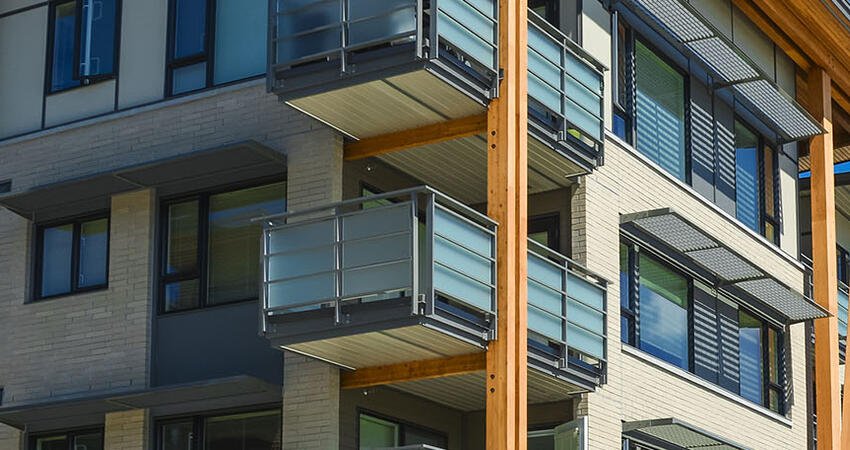
Does Restricting Condominium Development Limit Gentrification?
- Title:
- Does Restricting Condominium Development Limit Gentrification?
- Author:
-
Lead Platt Boustan, Robert A. Margo, Matthew M. Miller, James M. Reeves, and Justin P. Steil
- Source:
-
NBER Working Paper Series
- Publication Date:
-
2019
The increase of condominium developments in cities enables families to own homes in multifamily buildings and, in some cities, is associated with an influx of residents of high socioeconomic status into dense urban neighborhoods. The development of condos occurred at the same time as an increase in homeownership for college-educated household heads living in multifamily owner-occupied units. In a recent working paper, researchers hypothesized that the availability of condos might encourage high-income residents to move into a neighborhood. If so, then new housing supply, not just new demand, could spark gentrification.
The study analyzed 54 metropolitan areas from 1980 to 2010 using a quasi-experimental design. Researchers compared cities with municipal regulations restricting condo conversions and those without limiting ordinances. In the study, condos are defined as individual housing units in a multifamily housing structure with collective ownership of common areas. They measured condo density by the percentage of housing stock made up of owner-occupied condo units.
The researchers found that housing type (i.e., condominiums) did not influence a resident’s decision to move to a neighborhood. The results showed that building or converting condos had little effect on the income, education, and race of residents in a neighborhood. Resultant neighborhood changes were likely attributed to other factors.
Key findings
- An increase in condo density by one percentage point is associated with a higher mean income for residents (by almost 4 percent), as well as a greater share of residents who are college educated (by almost 2 percent) and a decrease in the share of the Black population (by more than 2 percent).
- When cities with restrictions were compared with cities without restrictions, the overall condo density is 1 percentage point lower in places with a restrictive ordinance. The effect of the ordinance is greater for multifamily housing stock, where researchers observe a 5.7 percentage-point decrease in condo density.
- In multifamily housing stock, there is no relationship between condo density and a resident’s characteristics. The researchers indicate that instead of condo developments attracting higher-income residents, developers are likely to build and convert rental units to condos in areas with concentrations of high-income residents.
- The researchers found no causal effect of condo development on income, education, or racial composition of the city. In other words, the presence of condos does not appear to pull new residents to a neighborhood; they are attracted by other factors.
Photo by Imagenet/Shutterstock